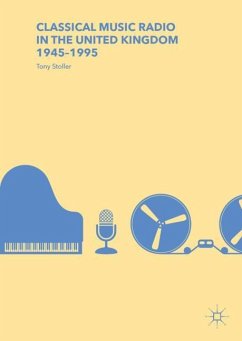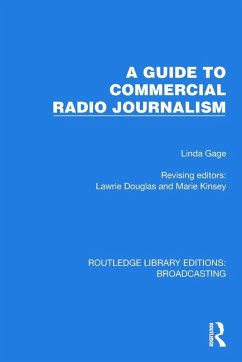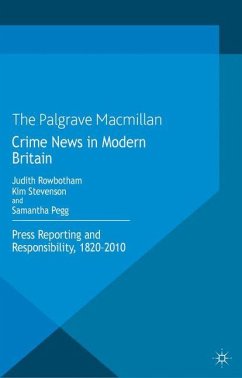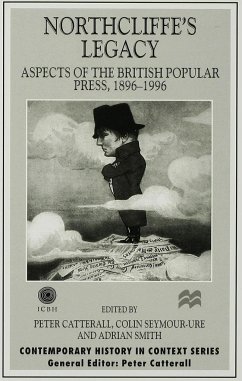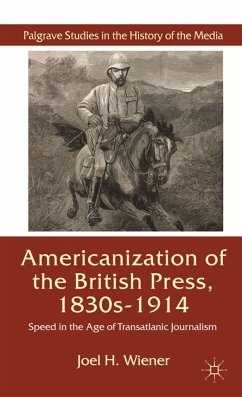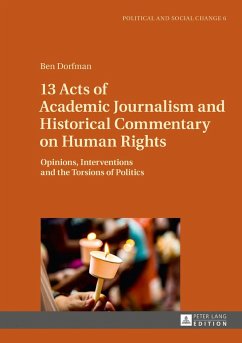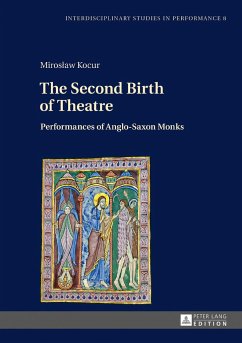
Forty Years of BBC Radio News
From the Swinging Sixties to the Turbulent Noughties. Dissertationsschrift
Versandkostenfrei!
Versandfertig in 6-10 Tagen
61,95 €
inkl. MwSt.

PAYBACK Punkte
0 °P sammeln!
In this case study of BBC Radio News, that shows how radio journalism has changed since the 1960s, the author paints a picture of the changing nature of the profession and the style of writing. She draws on interviews with practitioners, BBC official documents, style guides and output. Whilst the BBC Radio newsroom itself has changed a great deal between 1966 and 2008, the main aim of informing the public about what has happened has stayed the same. Many of the news writers are concerned about increased workloads and competition from 24-hour news outlets and its impact on the accuracy (of cont...
In this case study of BBC Radio News, that shows how radio journalism has changed since the 1960s, the author paints a picture of the changing nature of the profession and the style of writing. She draws on interviews with practitioners, BBC official documents, style guides and output. Whilst the BBC Radio newsroom itself has changed a great deal between 1966 and 2008, the main aim of informing the public about what has happened has stayed the same. Many of the news writers are concerned about increased workloads and competition from 24-hour news outlets and its impact on the accuracy (of content and language) of BBC radio bulletins. The BBC News Style Guide charts the changes in the language since the 1960s.




